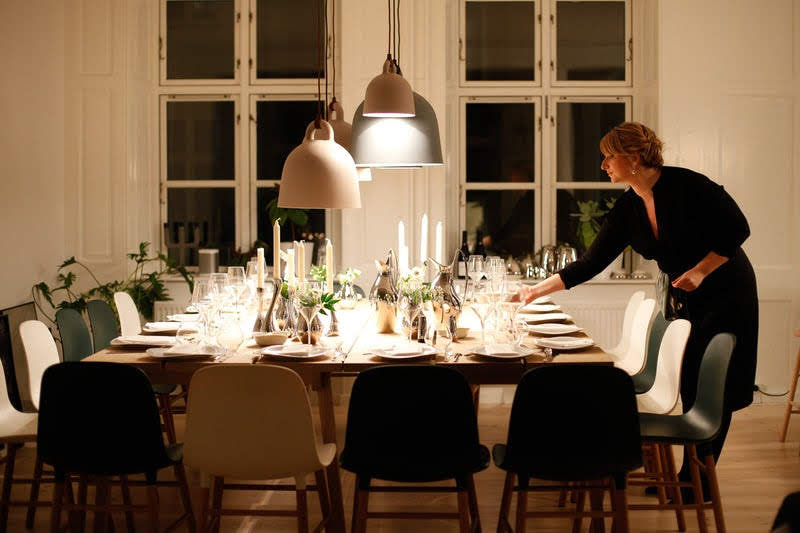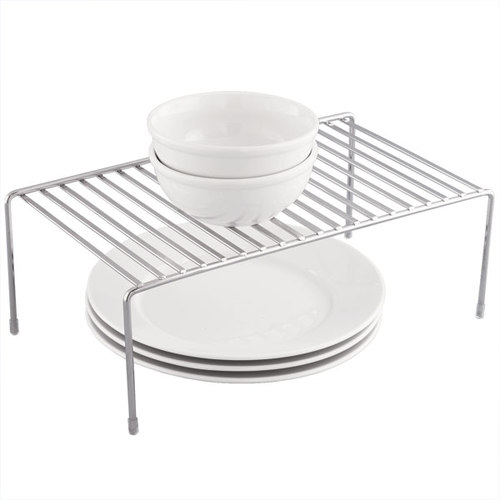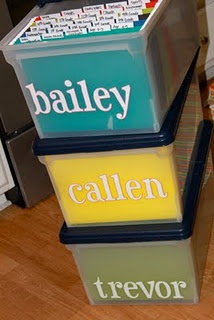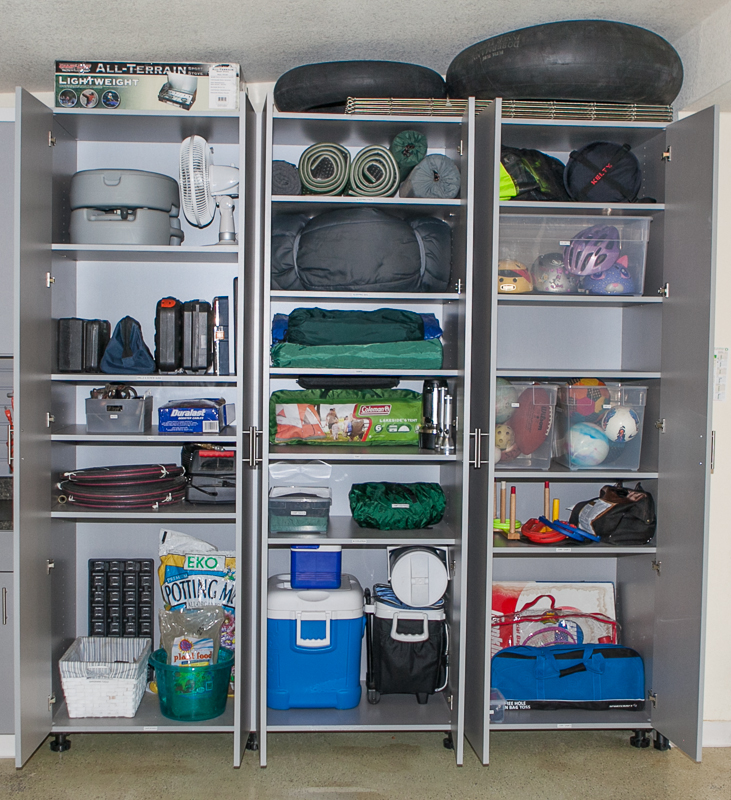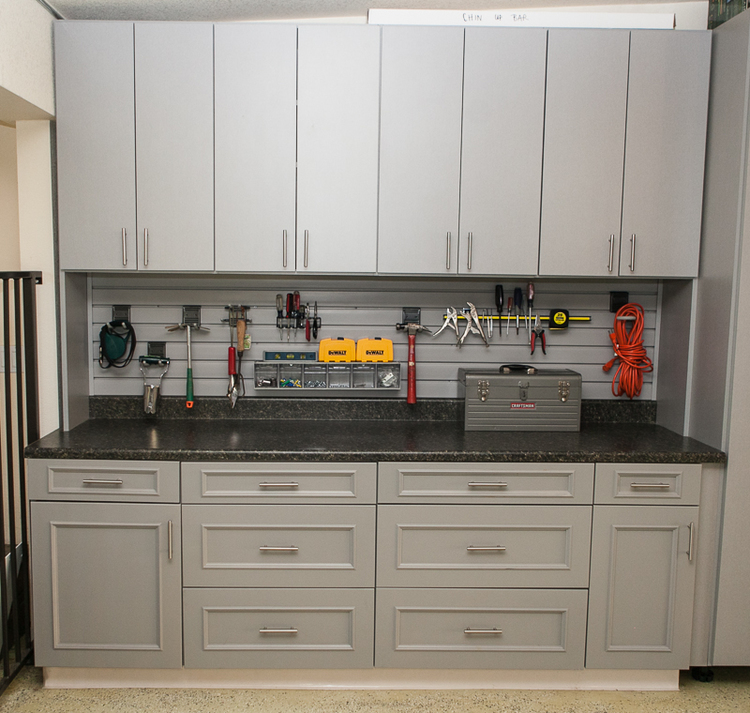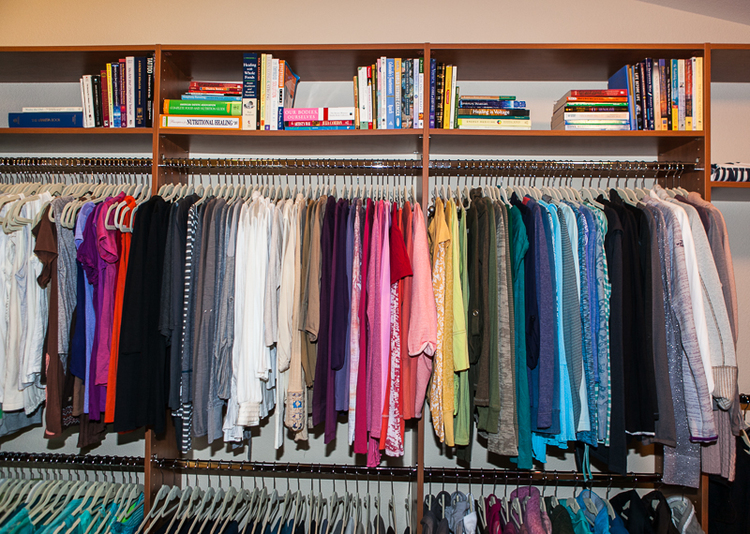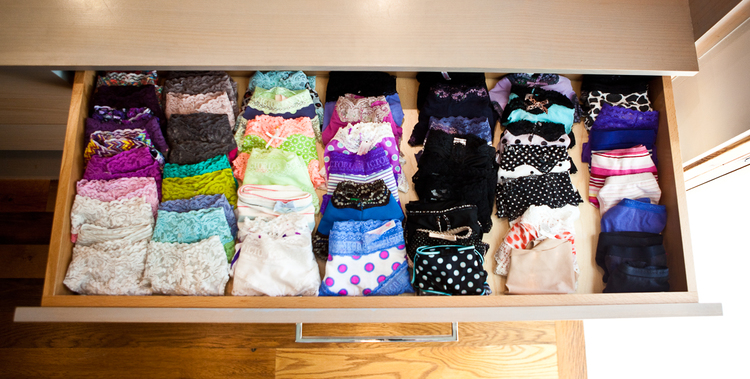Organizing Olympics!
/What has 206 countries, 306 events, 42 summer sport disciplines and more than 10,000 athletes?
Yes, the Summer Olympics start a week from tomorrow and our evenings are about to be filled with highlights of the best in the world as they compete in swimming, cycling, volleyball, gymnastics and soccer with so much in between. The Olympics this year are in Rio de Janerio, Brazil beginning August 5th through the 21st. Let us celebrate and cheer on our favorite athletes as they live their passion and bring about “A New World”.
Org & Relo truly admires people who just go for it and who strive to be the best at what they do. Most, if not all, Olympic athletes fit that description. Think about the logistics of getting that many people, that many events, that many systems in place for things to run smoothly...and all on the world stage! This is definitely not for the faint of heart. Inspired by these courageous men and women, Org & Relo would like to invite you to join our own Organizing Olympics!
For 17 days, in a parallel process to that day’s Olympic events, we will provide an organizing challenge for you to tackle. Encourage your family and friends to participate and go for the gold!
Some of the challenges may only take a few minutes, and some may take hours. However, you won’t have to be in the best shape of your life to compete in these Olympics, and you won’t even have to travel to Rio! You won’t need a fancy outfit or sponsor. In fact, many of these challenges can be done in your pajamas. You just need your willingness and your determination--and maybe a container or two.
Your homework to get ready for the challenge is simply to think about which area of your home or office could benefit from your Olympic organizing effort. Is it a cluttered desk? A bulging pantry? The play room? A master closet with sizes you haven’t worn in years?
Taking this on may not be easy but, in the end, you will feel like a winner. Just picture yourself in your organized space with the gold around your neck.
Ready...Set...GO!
Happy (Olympic) Organizing!



